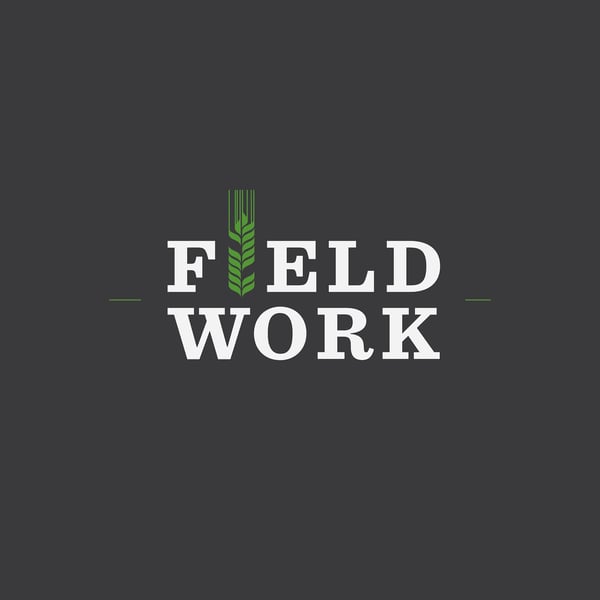Mudholes in March
Field Work
Field Work
5 • 652 Ratings
🗓️ 24 March 2021
⏱️ 53 minutes
🧾️ Download transcript
Summary
Paul Reed and Dave Moeller explain to Zach and Mitchell that the modern planter row unit was designed to provide good seed to soil contact in the dry, cloddy seedbed of a conventionally tilled field. And why that created a different set of problems in cool, wet early season, no-till fields. They start with the release of the John Deere MaxEmerge row unit in 1972 and follow the development of planter technology right through today’s precision technology, describing how their constant experimentation and collaboration with other pioneers like Howard Martin and Eugene Keeton led to successful no-tilling and a business selling planter attachments. Zach also gets some advice on how to set up his own planter.
Read more: Zach and Mitchell go to planter school
Transcript
Click on a timestamp to play from that location
| 0:00.0 | are you are you looking at the script here mitchell where it just says msack johnson |
| 0:06.4 | yeah yeah that's |
| 0:12.0 | i'm going to add an eye so that i don't do that. |
| 0:26.8 | I'm Zach Johnson. |
| 0:28.1 | I'm Mitchell Hora. |
| 0:35.6 | Before we get too far, thanks a ton to the Walton Family Foundation for supporting us throughout this entire season. |
| 0:38.8 | We've got a little mini-series going on here at the podcast now where we look at what it takes to build a conservation culture, and we just happen to know of a |
| 0:45.1 | great case study in Washington County, Iowa, which is where Mitchell is from. Yeah, this is an area |
| 0:50.7 | where a bunch of farmers have embraced no-till. They started doing that decades ago. |
| 0:55.5 | Now cover crops are the big one, and things have really just continued to grow from there. |
| 0:59.6 | Yeah, one of the big things you notice as soon as you get there is that, you know, everybody's trying something. |
| 1:05.8 | That's kind of the feeling that I got is that there's a lot of cover crop. |
| 1:09.6 | No-till is huge there, but everybody's always experimenting. Yeah, there's a lot of cover crop. No-till is huge there, but everybody's |
| 1:11.5 | always experimenting. Yeah, there's a lot of livestock in this area too. So they're starting to be |
| 1:17.3 | a little bit more diversity around that, but there's plenty of different market options and stuff. |
| 1:22.0 | And yeah, people that have been using no-till for 40, 50 years, some of them. And I suppose they're just getting bored with only |
| 1:29.8 | that. Now they're trying to make things more challenging for themselves. And, you know, |
| 1:34.0 | there's some guys in the area that have tried bioreactors, trying different cropping systems, |
| 1:39.6 | integrating livestock, lots of different things happening. Yeah, we wanted to figure out how this spirit of |
| 1:44.9 | conservation actually got started. You know, who were the key players? Last episode, you heard |
| 1:49.8 | about the amazing Iowa State Extension Director, Jim Freer. Everyone we talked to mentioned him |
| 1:56.1 | as really kind of a big key to what was going on down there. And Jim helped to facilitate a lot of |
... |
Please login to see the full transcript.
Disclaimer: The podcast and artwork embedded on this page are from Field Work, and are the property of its owner and not affiliated with or endorsed by Tapesearch.
Generated transcripts are the property of Field Work and are distributed freely under the Fair Use doctrine. Transcripts generated by Tapesearch are not guaranteed to be accurate.
Copyright © Tapesearch 2025.

